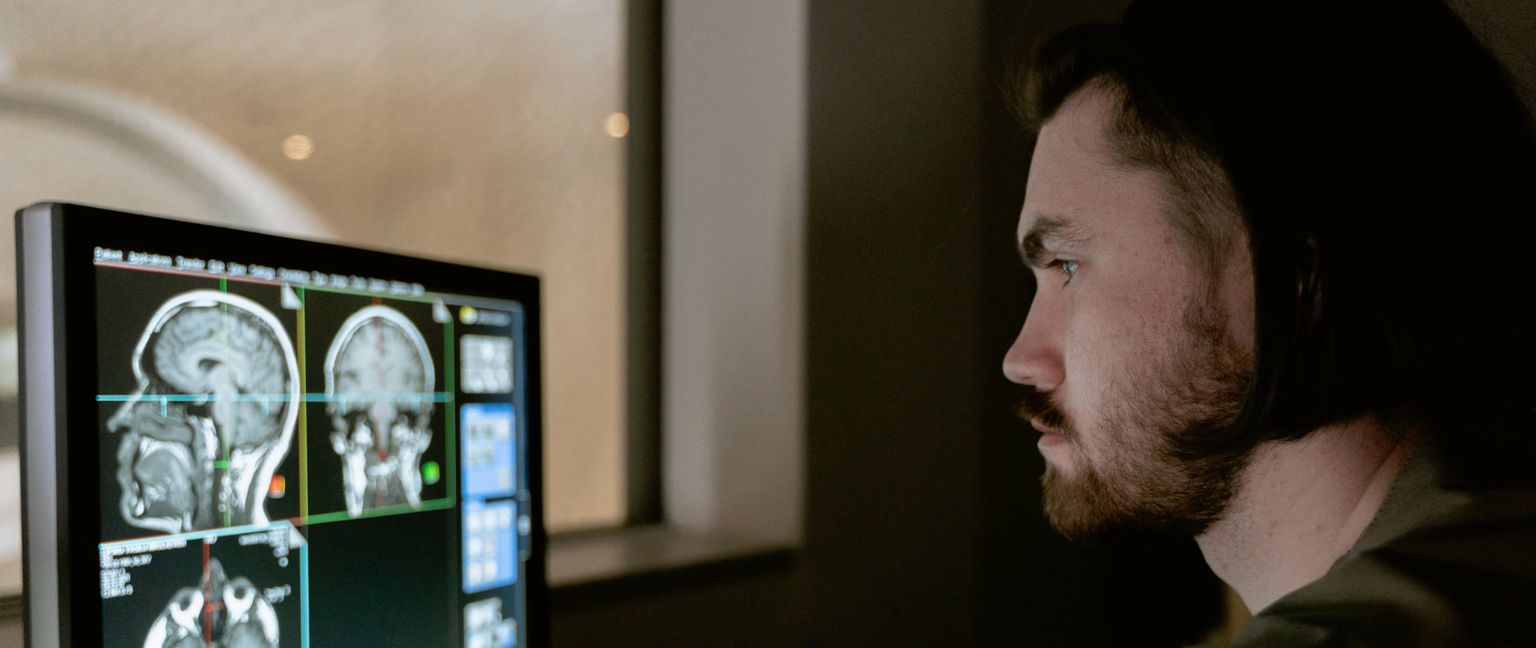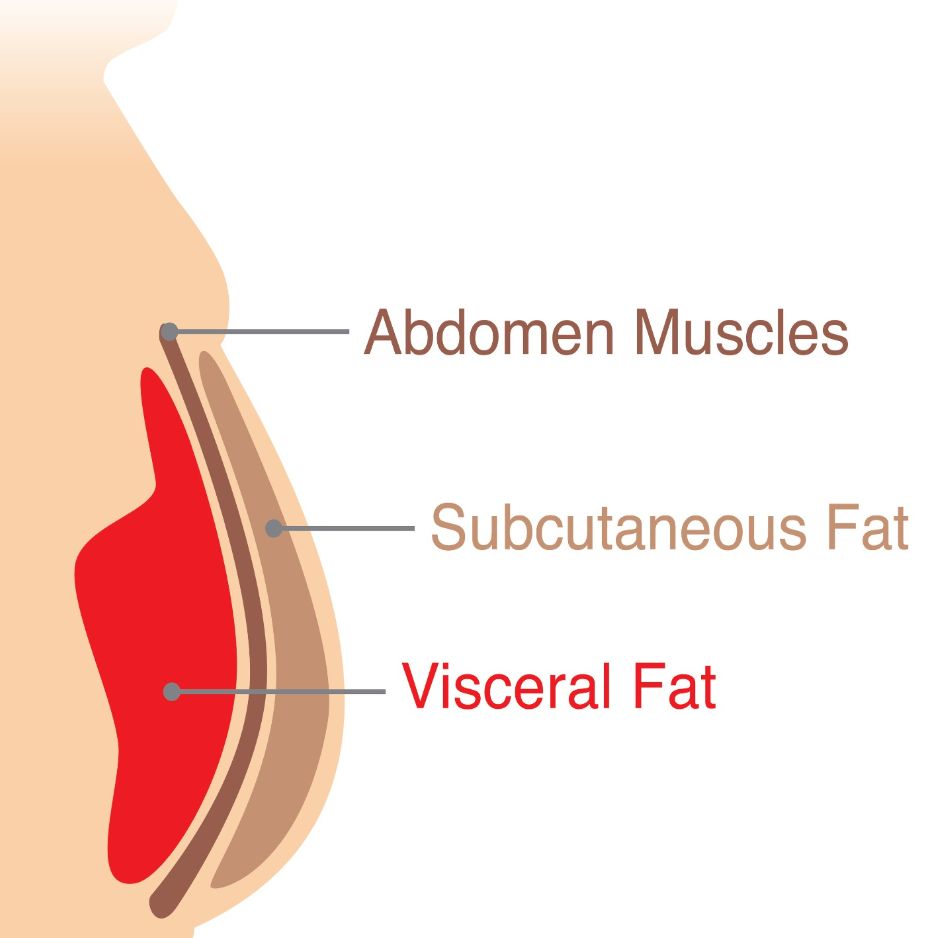Comparing PET Scan vs CT Scan

Comparing PET Scan vs CT Scan
Medical imaging plays a crucial role in the detection and diagnosis of various health conditions. Two commonly used techniques are PET scan and CT scan. Understanding the differences between these imaging methods is essential for making informed decisions regarding medical treatment. In this article, we will explore the basics of medical imaging, the key differences between PET scans and CT scans, and the advantages and disadvantages of each.
Get weekly updates.
Understanding the Basics of Medical Imaging
Medical imaging plays a crucial role in diagnosing and monitoring various medical conditions. Two commonly used imaging techniques are PET (Positron Emission Tomography) scans and CT (Computed Tomography) scans. Let's explore these techniques in more detail.
What is a PET Scan?
A PET scan is a non-invasive medical imaging technique that uses radioactive tracers to produce detailed images of how organs and tissues are functioning. It detects the metabolic changes within the body and visualizes them through the use of a special camera. The radioactive tracers, which are usually injected into the patient's bloodstream, emit positrons, which are positively charged particles. When the positrons collide with electrons in the body, they release gamma rays. These gamma rays are then detected by the PET scanner, which creates a three-dimensional image based on the distribution of the radioactive tracers.
PET scans are particularly useful in diagnosing and monitoring various conditions, including cancer, heart diseases, and neurological disorders. By providing information about the metabolic activity of tissues and organs, PET scans can help doctors determine the extent of diseases, evaluate treatment effectiveness, and plan further interventions.
What is a CT Scan?
A CT scan, also known as a CAT scan, is another commonly used medical imaging technique. It uses a combination of X-rays and computer technology to create cross-sectional images of the body. By taking multiple X-ray images from different angles, a CT scanner can generate detailed information about the internal structures, such as bones, organs, and blood vessels.
During a CT scan, the patient lies on a table that moves through a large, doughnut-shaped machine. The X-ray tube and detectors rotate around the patient, capturing images from various angles. These images are then processed by a computer to create cross-sectional slices, which can be combined to form a three-dimensional image of the body.
CT scans are widely used in diagnosing and monitoring a range of conditions, including trauma, tumors, infections, and vascular diseases. They provide valuable information about the size, shape, and density of structures within the body, helping doctors make accurate diagnoses and plan appropriate treatments.
Both PET scans and CT scans have revolutionized the field of medical imaging, enabling healthcare professionals to visualize and understand the inner workings of the human body. These techniques continue to evolve, with ongoing advancements in technology and image analysis algorithms, further enhancing their diagnostic capabilities.
Key Differences Between PET Scan and CT Scan
Purpose and Functionality
PET scans are primarily used to detect and monitor diseases such as cancer, heart disease, and neurological disorders. They can help determine if a tumor is benign or malignant and evaluate the effectiveness of ongoing treatments. PET scans work by utilizing a radioactive tracer that is injected into the patient's body. This tracer accumulates in areas with high metabolic activity, allowing the scanner to capture detailed images of the body's internal processes.
On the other hand, CT scans are useful in diagnosing a wide range of conditions, such as injuries, infections, and tumors. They are especially effective in capturing detailed images of the bones and soft tissues. CT scans work by directing X-ray beams through the body, and detectors measure the radiation that passes through. This information is then used to create cross-sectional images of the body, providing valuable insights into the structure and composition of various organs and tissues.
While both PET scans and CT scans serve important diagnostic purposes, they differ in their focus and the type of information they provide. PET scans focus on the metabolic activity of tissues, while CT scans focus on the structural details of the body.
Procedure and Patient Experience
During a PET scan, a small amount of radioactive tracer is injected into the patient's body, which then accumulates in areas with high metabolic activity. The patient must lie still on a table while a scanner moves around them to capture the images. The procedure is painless but can be time-consuming. It typically takes around 30 minutes to an hour to complete a PET scan, depending on the specific areas being examined.
A CT scan, on the other hand, involves the patient lying on a table that moves through a doughnut-shaped machine. The machine emits X-ray beams that pass through the body, and detectors measure the radiation that is transmitted. The process is quick, lasting only a few minutes, and is generally painless. However, some patients may experience mild discomfort from having to lie still during the procedure.
Both PET scans and CT scans are non-invasive procedures that do not require any incisions or anesthesia. However, the length of time and patient experience may vary between the two depending on the specific circumstances and areas being examined.
Accuracy and Precision
PET scans provide valuable information by showing the function and metabolism of tissues. They can detect abnormalities at the cellular level and determine the stage of diseases. PET scans are particularly useful in oncology, as they can help identify the presence and spread of cancer cells. However, PET scans may have limitations in precisely locating the exact position of abnormalities. The images obtained from PET scans are highly detailed and can provide valuable insights into the metabolic activity of tissues, but they may not always provide precise anatomical information.
CT scans, on the other hand, offer detailed images with high spatial resolution, making them suitable for detecting structural abnormalities. They are particularly useful in visualizing bone fractures, identifying the presence of tumors, and assessing the condition of organs such as the lungs, liver, and kidneys. CT scans can provide clear and precise anatomical information, allowing healthcare professionals to accurately diagnose and monitor various conditions. However, they do not provide information about the metabolic activity of tissues, which is a key advantage of PET scans.
When it comes to accuracy and precision, both PET scans and CT scans have their strengths and limitations. The choice between the two depends on the specific diagnostic needs of the patient and the condition being investigated. In some cases, healthcare professionals may recommend a combination of PET and CT scans to gather comprehensive information about both the structure and function of the body.
Advantages and Disadvantages of PET Scans
Benefits of PET Scans
PET scans have several advantages. They can help diagnose cancer, assess the extent of the disease, and evaluate treatment response. PET scans are also valuable in detecting Alzheimer's disease and other neurodegenerative disorders at an early stage. Additionally, they can detect heart disease and guide cardiac interventions.
Limitations of PET Scans
Although PET scans are highly informative, they do have limitations. PET scanners can be expensive to operate, making them less accessible in certain areas. The availability of radioactive tracers can also be limited. Moreover, PET scans may produce false-positive or false-negative results, requiring additional tests to confirm the findings.
Advantages and Disadvantages of CT Scans
Benefits of CT Scans
CT scans offer several advantages. They provide detailed images, allowing doctors to identify a wide range of conditions. They are quick, painless, and widely available. CT scans are crucial in diagnosing traumatic injuries, detecting tumors, and guiding surgical procedures. They are often used in emergency settings due to the speed and accuracy of the results.
Limitations of CT Scans
Despite their benefits, CT scans have some limitations. The use of ionizing radiation exposes the patient to a small amount of radiation, which may be a concern for young children and pregnant women. In addition, CT scans do not provide information about the metabolic activity of tissues and may not be as effective in visualizing soft tissues compared to other imaging methods.
Making the Choice: PET Scan or CT Scan?
Factors to Consider
When determining whether a PET scan or CT scan is appropriate, several factors should be considered. The type of condition being evaluated, the patient's medical history, and the specific information needed for diagnosis and treatment planning all play a role in the decision-making process. Consulting with a medical professional who specializes in medical imaging is crucial to making an informed choice.
Role of Medical Professionals in Decision Making
Medical professionals, such as radiologists and referring physicians, play a vital role in interpreting imaging results and recommending the most suitable scan for each patient's needs. They consider various factors, including the medical history, symptoms, and urgency of the situation. Their expertise ensures that the most appropriate imaging modality is chosen for accurate diagnosis and effective treatment planning.
In conclusion, PET scans and CT scans are valuable tools in medical imaging, each with its own advantages and limitations. The choice between them depends on factors such as the purpose of the scan, the desired information, and the patient's medical condition. Collaboration with medical professionals is essential in making the best decision. For affordable DEXA scans to track body fat, muscle mass, and bone health over time, consider BodySpec's DEXA scans. Their state-of-the-art technology provides accurate and comprehensive analysis to support your health journey.


